Ghost Towns of the Palliser Triangle
Tuesday, 14th June 2011 by Kyle Kusch
This post is part of an occasional series where we visit some of the world’s most interesting abandoned places.
The Palliser Triangle is the name given to the driest part of the Canadian Prairies, constituting southeast Alberta and southwest Saskatchewan. Settled at the turn of the 20th century by farmers and ranchers, dozens of tiny villages sprung up to support these new agricultural pioneers (“drylanders”). Many found that within a generation or two, the semi-arid soil quickly became overgrazed and was prone to periods of extreme drought. While modern farming techniques have helped mitigate the hard times, the exodus of people from the Triangle has been steady for the past few decades, leaving numerous ghost towns listing in the wind.
One of the most memorable ghost towns in the Triangle is Robsart, Saskatchewan. Formerly a bustling town with over 50 businesses in the 1920s, today Robsart’s population is listed as just 15 residents.
Shells of the town’s businesses sit amongst brushes, shrubs, and old sidewalks, such as this former lumber store. This Victorian-style hospital has sat neglected at the edge of town since the 1930s, while the community hall, last refurbished decades ago, still bears the symbol of Canada’s 1967 centennial.
An hour and a bit’s drive to the southeast lie a handful of buildings that represent the modern extent of the former town of Claydon, including a private home that doubles as the area’s post office. Just off to the left lie the ruins of the Claydon General Store.
The southwesternmost locality in Saskatchewan is the ghost town of Govenlock, which boomed in the 1920s as a liquor-trading town near the US border, only to fade away in the following decades. The last of the buildings were demolished in 1990, and today Google's aerial view allows us to just barely make out the old building foundations and dead spots of grass marking the town's location. Up close, all that remain are the 1948 community hall, a commemorative plaque, and a lonely mailbox.
Throughout the Palliser Triangle, one can find the relics of days gone by. Near what used to be the town of Loomis, a cluster of homestead buildings sit quietly at the side of the dusty road; a frozen tribute to those that once toiled this semi-arid land. Elsewhere, on a small plot of land near Cadillac, Saskatchewan, an old one-room schoolhouse sits all alone on the undulating plain.
Even towns that are still hanging on have seen better days. From above, one would be hard-pressed to even recognise Orion, Alberta as a town, and drivers passing by on the highway see their fair share of dilapidated buildings. But yet Orion still hangs on; its existence confirmed by the community store, the lifeline of many a prairie town.
Along the railways on the Prairies, it's common to see Grain elevators. This old elevator in Dollard, Saskatchewan has seen better days, as has the town’s United Church.
Many communities that have survived the hard times have made an effort to preserve regional history, such as Etzikom, Alberta, where a rather unusual museum features dozens of turn-of-the-century windmills that have been brought to the site and restored.
Sadly, there are some places in the Palliser Triangle that have no buildings left to mark their existence, only cemeteries.
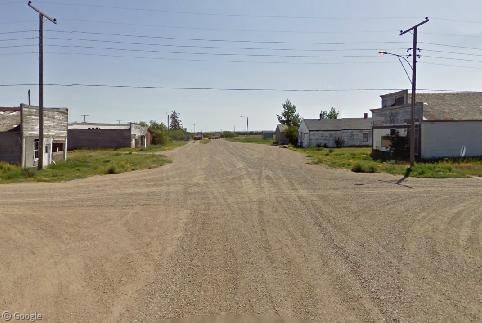
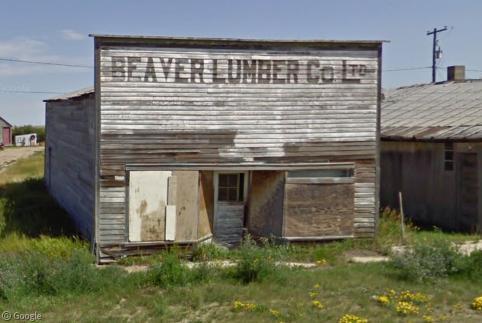
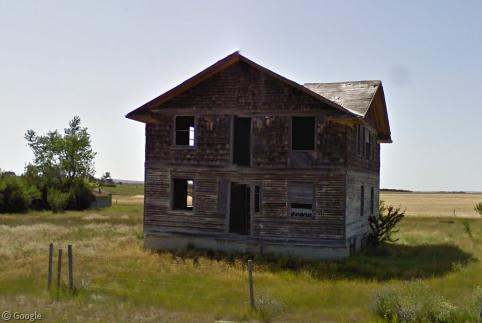
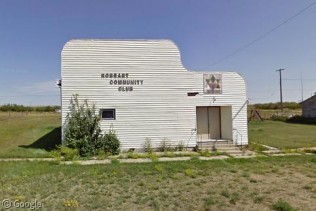

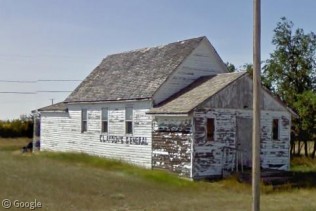
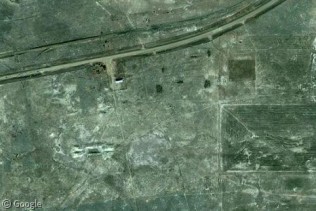
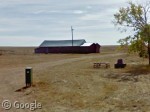
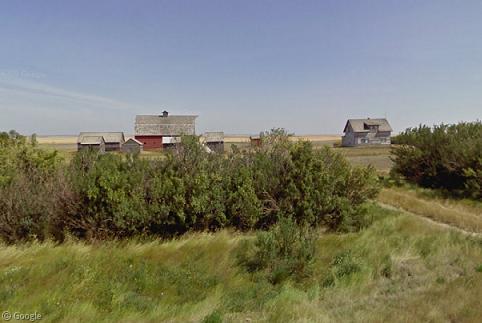
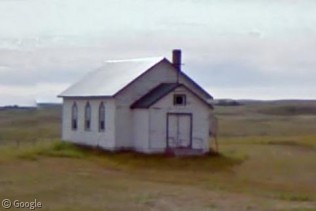
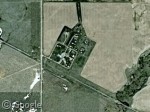
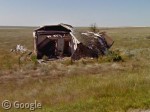

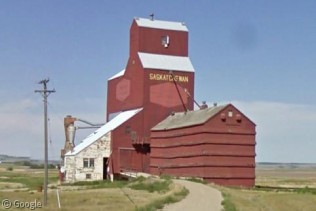
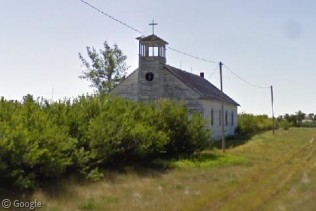
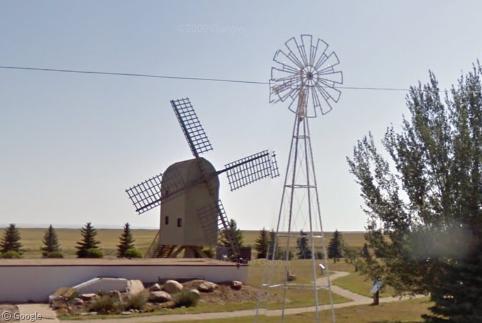
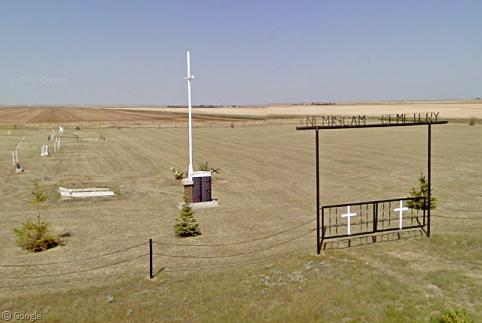

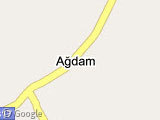
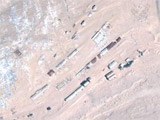

Sharing statistics
Share this site